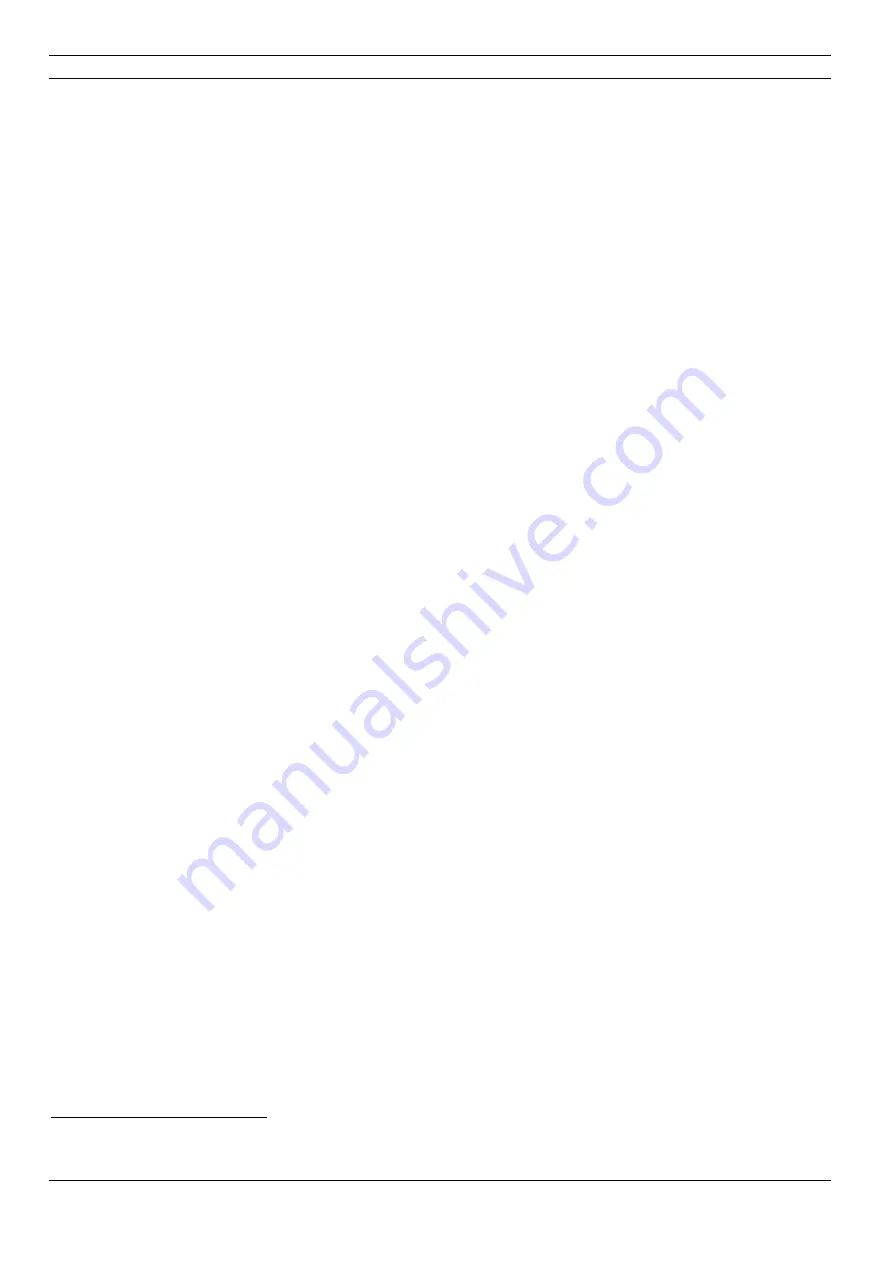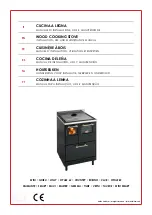
Manual_S5_Airplus_2015_04_20
Page 8 / 68
©
Wodtke GmbH - Tübingen. All Rights and Changes Reserved.Printed 04/2015
Part No. 950 976
3.7
Cleaning, Maintenance and
Service
In contrast to liquid or gaseous fuels,
ash and
soot
are always created when using solid fuels.
The combustion quality and operating conven-
ience of wodtke Pellet-Primärofen units are far
higher than the level of comparable cut firewood
furnaces, but
cleaning of the burner plate (by
the operator) at regular, short intervals and
service/inspection at longer intervals
are nev-
ertheless required in order to free the units of soot
and ash. Without these measures, malfunctions
can occur, for which we can accept no liability.
Regular service, cleaning and maintenance also
increase the efficiency of your system (because
soot in particular is an exceptional insulator and
can therefore significantly reduce thermal output /
efficiency) as well as prevent unnecessary emis-
sions to the environment.
Cleaning interval: daily visual inspection of the
burner pot, with manual cleaning as required.
Maintenance interval: 1,500 kg pellet consumption
(at 0.25% ash content). Please therefore observe
the following chapter and Chapter 11 in these in-
structions.
3.8
Pellet Quality
According to the 1st Federal Immission Control
Act (1st BImSchV), only
natural wood pellets
are
permitted in Germany.
Pellet quality significantly influences cleaning
and maintenance cycles.
We define all of our
specifications and test values based on
pellet
qualities with 0.25% ash content, a bulk den-
sity of 650 kg/m³
and a
heating value H
u
> 4.9
kWh/kg.
500 litres of heating oil thus approxi-
mately correspond to 1,000 kg of such wood pel-
lets. 1,000 kg of these pellets required approx.
1.54 m³ of storage space volume.
Deviations
from the values specified above can-
not be avoided, due to the
tolerance ranges
of
the relevant standards for pellets (incl. ENplus-A1,
DINplus and DIN EN 14961-2 Class A1) for ash
content, bulk density, composition and size/geom-
etry, and necessarily lead to deviations in different
systems. For example, this means that a doubling
of the ash content from 0.25% to 0.5% will also
result in a doubling of the cleaning and mainte-
nance frequency.
2
The recommended pellet diameter is 6 mm; in case of devia-
tions, the fuel throughput may need to be adjusted. The same also
applies for differing lengths.
For our wodtke Pellet-Primärofen technology, the
ash content of the pellets is therefore the most im-
portant parameter by far.
Consequently, we only approve pellets which
are inspected according to ENplus-A1,
DINplus or DIN EN 14961-2 Class A1 and have
an ash content of < 0.7% for use in our units.
Good commercially available brand-name pellets
consistently have an ash content of << 0.3% to-
day.
Ask your pellet supplier about ash con-
tent. The less, the better.
The use of approved,
natural binding agents in the pellets can cause
slagging of the pellet ash in the burner pot, despite
inspection according to the standards above. We
therefore recommend avoiding binding agents
containing silicate, such as potato starch, and us-
ing wheat starch, for example. Contact your pellet
supplier in case of questions.
In the case of
high bulk density
and special ge-
ometry or a high pellet heating value, internal
safety equipment can temporarily reduce unit out-
put until the target values are reached again. This
is not a defect. The unit modulates in this case.
In the case of pellets with extremely
low bulk den-
sity
or
low heating value
, the specified nominal
output and performance ranges may be slightly
undershot. This is also not a defect, but instead
due to the nature of pourable and dispensable
fuels.
Using the control system, the specialist company
can adjust the furnace within certain ranges to var-
ious bulk densities and pellet qualities.
Cut firewood or other burnable or waste materials
may never be used!
If the furnace is not operated with approved
fuels, any warranty or guarantee claims are
void and dangerous operating conditions may
result. Do not perform any experiments.
A pellet diameter between 5 and 8 mm is per-
mitted
2
.
The length of the pellets should not ex-
ceed 30 mm. Pellets with high dust content (>5%)
should likewise not be used.









































